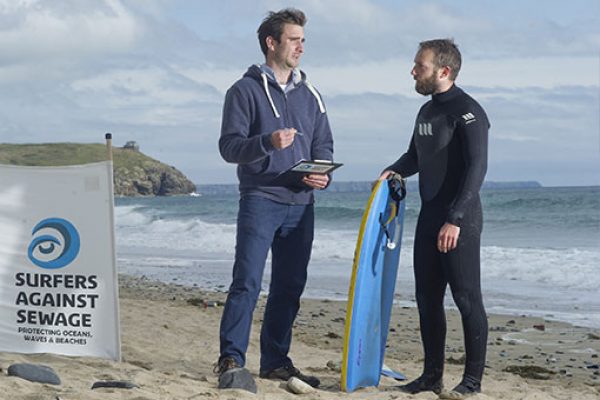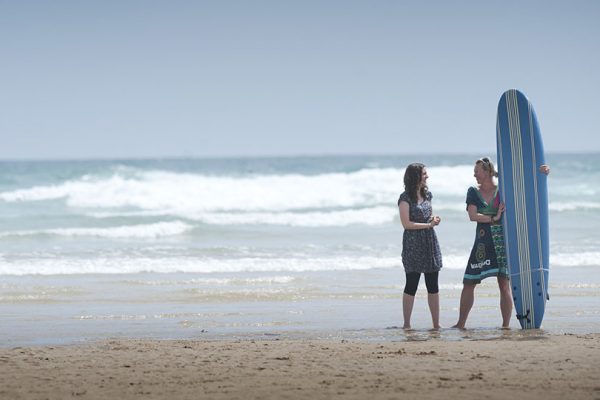My BlueHealth
Academics tend to collect a lot of data. We ‘clean’ this information, anonymise it, and search for patterns that can help us understand the way the world works.
But in this process, there’s a danger we forget about the story behind the numbers.
In BlueHealth, much of our information will be coming from people across Europe who use blue spaces. If we look past the statistics, how do interactions with these spaces make people feel?
To try and explore that question, the Health and Environment Public Engagement group (or HEPE for short) is leading a citizen science project that will use their own stories to shed light on the personal circumstances that encourage (or discourage) the use of blue spaces.
HEPE is formed from a group of people in the southwest UK who have interest in making science accessible. They are not academics themselves and volunteer time to help scientists translate and communicate their messages.
HEPE first got involved in the Horizon 2020 BlueHealth project by helping to develop and pilot the international BlueHealth survey. They provided a great deal of feedback which helped the research team ensure the questionnaire was clear and understandable.
When the survey was put online HEPE members tried it out, helping researchers to identify glitches in the system that could be fixed before the survey was sent out.
In their discussions HEPE members recognised the value of the survey to gather a lot of information about how people use environments with water in them. But the group also became interested in what those environments mean to the people who use them. They talked about personal experiences that might put people off, or limit their access to these blue spaces.
So, to address some of these issues, the group asked me to help design their own small nested BlueHealth project. My BlueHealth will collect and analyse HEPE’s own stories about blue space.
The project has just started to collect some BlueHealth stories, pictures and ideas. In the autumn of 2017 we will have a workshop about analysing qualitative research, and use the stories we have gathered during the summer. We will write this up in a report which will include examples of our pictures and narratives.
If you are interested in joining HEPE and taking part in this project, please contact us at hepe@exeter.ac.uk.
As an example, here is one story of mine:
On the beach
It was hard watching such a young man always struggling to breathe. Sometimes he seemed to have shrivelled older than even his grandfather.
One day we went out with a nurse from the children’s hospice. She drove us to the beach. I was pushing him along the promenade in a borrowed wheelchair, he fiddled with his oxygen tubes and grumbled like a miserable old codger.
We came to a gap in the wall, where there was a ramp down onto the sand. On impulse I quickly swivelled the wheelchair and set it rolling down the ramp. The nurse’s face was a picture of horror and outrage.
But the slope wasn’t very long or very steep. He only had to stick out his feet to slow himself down and give the wheelchair a soft landing in the warm, pale sand. When he turned he laughed up at us, and I caught a brief glimpse of the joyful child he had been before becoming so ill.




